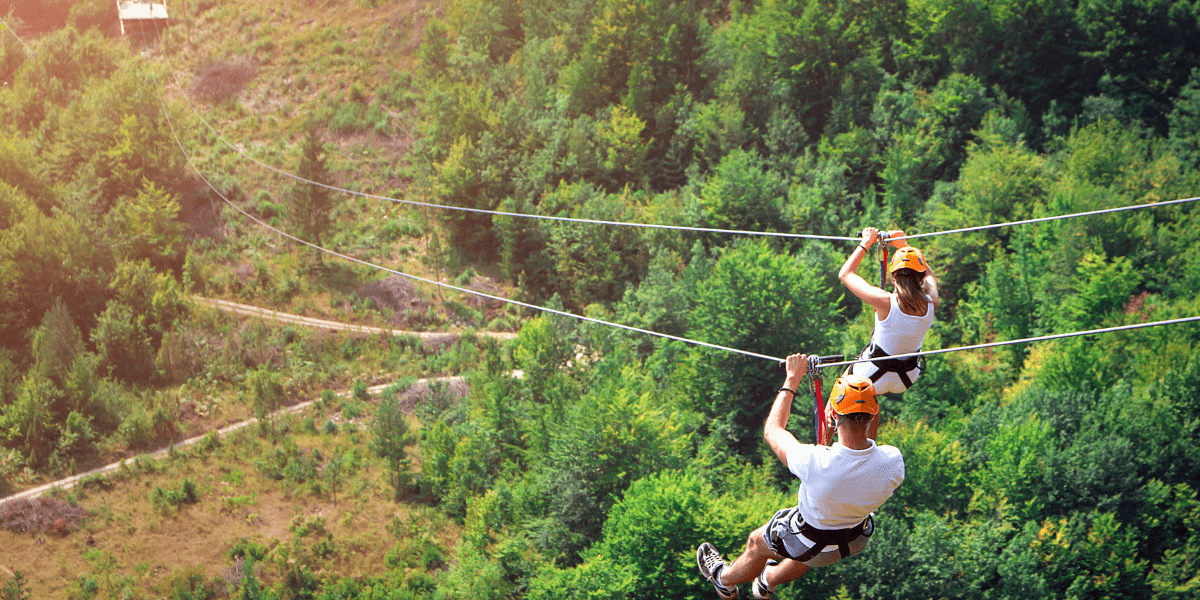
Zip line riding has become increasingly popular in recent years, providing thrill-seekers with an exhilarating experience. However, a good zip line designer knows that rider speed is crucial to ensure a safe and enjoyable ride. While gravity plays a significant role in generating speed, there are many other variables that affect rider speed. In this article, we will explore how a zip line designer can optimize slope, length, and line tension to harness the right amount of gravity to balance with environmental factors to achieve a maximum speed and arrival speed, which align with the products being utilized.
This blog post explores the importance of optimizing zip line design for rider speed. While zip lining provides an exciting adventure for thrill-seekers, a good zip line designer understands that rider speed is crucial to ensure a safe and enjoyable ride. We’ll dive into the various variables that affect rider speed and how zip line designers can harness the right amount of gravity, slope, length, and line tension to balance with environmental factors to achieve a maximum speed and arrival speed that aligns with the products being utilized. Join us to learn how to create a thrilling yet safe zip line experience.
The Effects of Environmental Factors on Rider Speed
Numerous environmental factors can cause the actual arrival speed of a zip line rider to diverge from the expected arrival speed. Some of these factors include drag, wind, trolley friction, rider weight, and temperature. The speed of the rider that is higher or lower than anticipated can quickly diminish the zip line experience for both riders and operators.
Drag on the Rider
Drag is the force generated as air resistance pushes in the opposite direction of travel for the zip line rider. The amount of drag force is related to the speed the rider is moving. The faster the rider is going, the more drag force will be generated, reducing the maximum speed that can be reached. The shape the rider holds as they descend the line also influences the amount of drag on the rider. Whether the rider starfishes to slow down or pulls into a cannonball to get going faster, the arrival speed can be dramatically influenced.
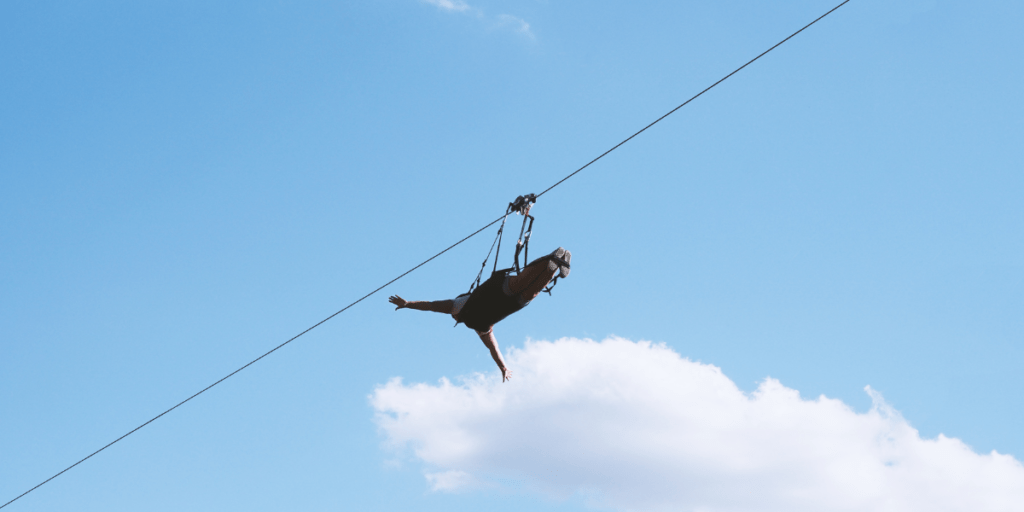
Tailwinds and Headwinds
Tailwinds and headwinds will also increase and decrease rider speed because they increase or decrease rider drag. While a constant wind speed throughout an entire ride does not usually occur, to simplify this example, a constant wind speed is applied. A constant tailwind can increase the arrival speed of a rider, and a constant headwind can cause the rider to not make it to the end of the zip line.
Trolley Friction
Each brand and style of trolley has different friction characteristics. Friction will always reduce a rider’s speed. Depending on the design and bearings used, there may be more or less friction in the trolley. Also, a zipline trolley that is out of the box will usually have higher friction characteristics than one that is in the middle or at the end of its life cycle. Trolleys at different operating temperatures will also have different friction characteristics. Even if you are using the same brand and style of trolley, each individual trolley friction will vary. A lower friction trolley can potentially increase the arrival speed in this example.
For high speed ziplines we recommend the self-braking magnetic zipline trolley. The trolley system utilizes magnetic braking technology to provide a smooth and controlled ride. The magnetic braking technology provides a more consistent and reliable braking experience, ensuring the safety of the rider.
Rider Size and Weight
Heavier riders will generally have higher maximum speeds. More weight generates a higher downward force, and when this force is applied to the zip line cable, it is translated into higher forward force. The size of the rider also plays into the amount of drag force generated, as a heavier rider is generally larger in size, which means that more drag force is generated at higher speeds.
Temperature and Cable Tension
Zip line cables, like all materials, expand or shrink based on their temperature. As the air temperature changes throughout the day, the cable will get longer as it heats up and get shorter as it cools off. This change in cable length and tension alters how gravity generates rider speed.
The safety and ride quality of zip line systems depend heavily on the understanding of environmental conditions and the range of rider arrival speeds. To optimize these factors, it is essential to create maximum and minimum speed envelope charts, which will help designers and engineers to account for the various environmental factors that can impact rider speeds. Understanding site-specific maximum and minimum speed envelopes is also crucial, and it is recommended that testing is carried out to simulate the varying environmental conditions. Finally, consulting a qualified professional before designing and testing a zip line system is vital in reducing the cost of re-design and re-testing. By following these recommendations, zip lining can be a thrilling, safe, and enjoyable activity for all riders.
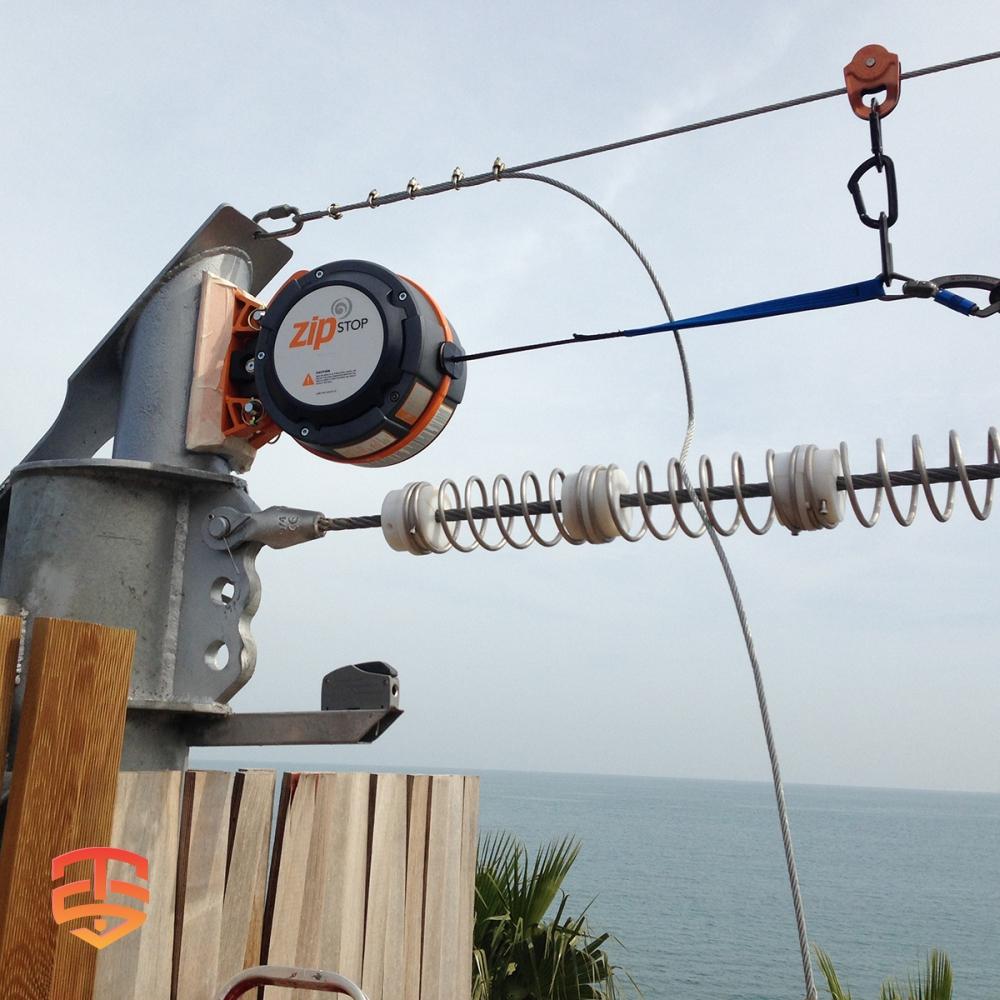
Zipline Safety Solutions
We deliver a complete professional Zipline system, from our Self-braking Magnetic Zipline Trolley to a safe Zipline Spring Brake.
We offer a full family of zip line brakes that increase throughput with a hands-free braking experience for zip line riders and operators, and a full ecosystem of zip line products to outfit the best zip line builds in the world. We use advanced technology to engineer and manufacture innovative adventure equipment for the outdoor, amusement and recreation industries.
Beyond the Basics: Unveiling Zipline Technology with Expert Analysis
Intrigued by the potential of Zipline technology? You’ve come to the right place! This article provides a solid foundation. But if you’re eager to delve deeper and gain insights from industry experts, keep reading…
- Zip Line Design: Components for a Complete System
- Considering operating and investing in a zipline?
- 9 Zipline Mistakes You Don’t Know You’re Making
- Magnetic Zipline Braking: A Revolutionary Way to Ensure Safe Rides
- Pros and Cons of Different Zip Line Brakes
- Expert Tips for Zip Line Brake Installations
- White Paper on Zipline Emergency Arrest Devices (EAD)
- The Importance of Optimizing Zip Line Design for Rider Speed
- Does your zip line need an emergency arrest device?
- The Magnetic Self-braking Zipline pulley
- Zipline Braking and landing considerations
- Why Zip Line Trolley Bearings Matter
- Whitepaper: Zipline Braking Dynamics
- Zip Line Installation: Give them the Best Ride
- How to startup a Successful Zip Line Business
-
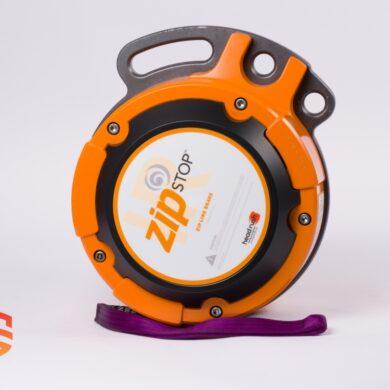 zipSTOP IR Zipline Brake | 24 – 60 kph€ 5.649,00 – € 5.799,00 Ex VAT
zipSTOP IR Zipline Brake | 24 – 60 kph€ 5.649,00 – € 5.799,00 Ex VAT -
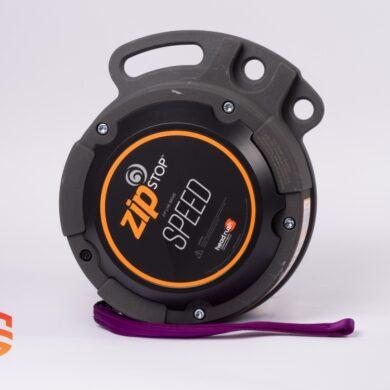 zipSTOP SPEED Zipline Brake | 50 – 72 kph€ 6.099,00 – € 6.349,00 Ex VAT
zipSTOP SPEED Zipline Brake | 50 – 72 kph€ 6.099,00 – € 6.349,00 Ex VAT -
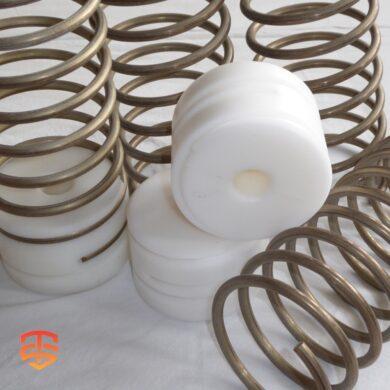 Spring Brake System | Primary & EAD zipline brake€ 80,00 Ex VAT
Spring Brake System | Primary & EAD zipline brake€ 80,00 Ex VAT







